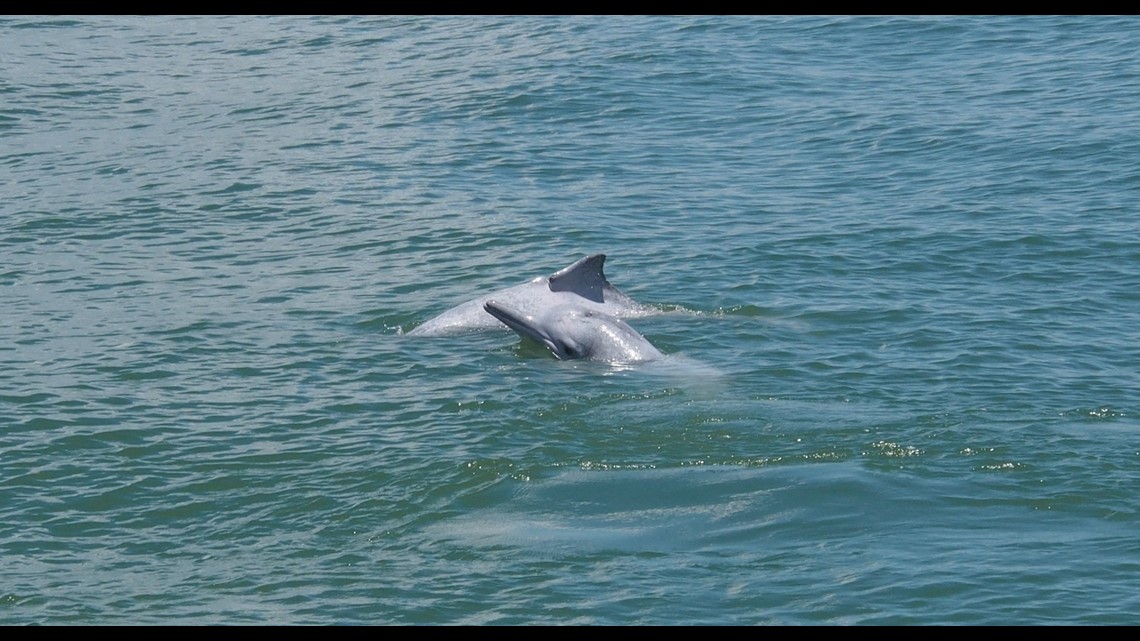

By Ramy Inocencio, HONG KONG (CNN) — China’s unique white dolphins — famous for the actual pink hue of their skin — face going from endangered to extinct — with conservationists doubtful they can be saved.
“We’ve seen alarming decline in the last decade — 158 dolphins in 2003, just 61 dolphins in 2012,” says Samuel Hung, Chairman of the Hong Kong Dolphin Conservation Society.
“We are at a critical juncture on whether we can help the dolphins,” adds Hung. “I have no idea whether they will keep going down and down — but what I do know is we need to work urgently to come up with solutions to clean up the dolphin’s habitat.”
Land reclamation for massive engineering projects, resulting water pollution and boat strikes have exacted a heavy toll on the white dolphin population, which is mainly found in the waters of Hong Kong’s Pearl River Delta in southern China.
In 2016, the first automobiles are expected to roll across the 42-kilometer Hong Kong-Zhuhai-Macau bridge, respectively connecting the Asian financial hub with the Chinese mainland’s “special economic zone” and the world’s gambling capital. Now under construction, the world’s longest cross-sea bridge and tunnel link will go “right through the heart of the dolphin population,” says Hung. “There will be lots of piling activities to construct the bridge.”
By 2023, Hong Kong aims to complete a third runway for Chep Lap Kok international airport, already one of the world’s busiest. In the absence of soil on which to build, 650 hectares of land — an area more than 5,000 Olympic-sized swimming pools — will be reclaimed from the sea. The area is also prime habitat for the Chinese white dolphin.
The Hong Kong government has also proposed four additional land reclamation projects in dolphin-populated areas that aim to increase the amount of land on which to build in order to bring down the high cost of housing, adds Hung.
Yet, despite Hong Kong’s plans for numerous engineering projects that will impact the white dolphins’ habitats, the founder of the 10-year old Hong Kong Dolphin Conservation Society says he “actually applauds” the government’s conservation efforts.
“I don’t doubt their desire to conserve,” explains Hung, who adds that the Hong Kong government has provided more than $1 million Hong Kong dollars (US$125,000) each year for environmental research funds, set up a marine protection park for the white dolphins and helped monitor dolphin population numbers.
“But it’s the other bureaus who want to push economic projects” including Hong Kong’s Airport Authority and the Civil Engineering and Development Department, says Hung.
“The economic departments are more influential so our voice for conservation work is drowned out by the voice for construction.”
